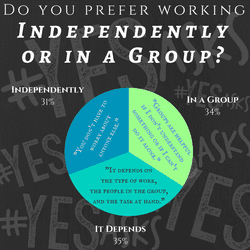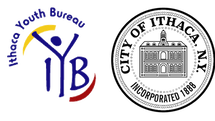Location |
|
Youth Employment Service is a program of the Ithaca Youth Bureau, which is a department of the City of Ithaca. We receive support from the Tompkins County Youth Services Department, the Tompkins County Workforce Development Board, and the Joint Youth Commission.

